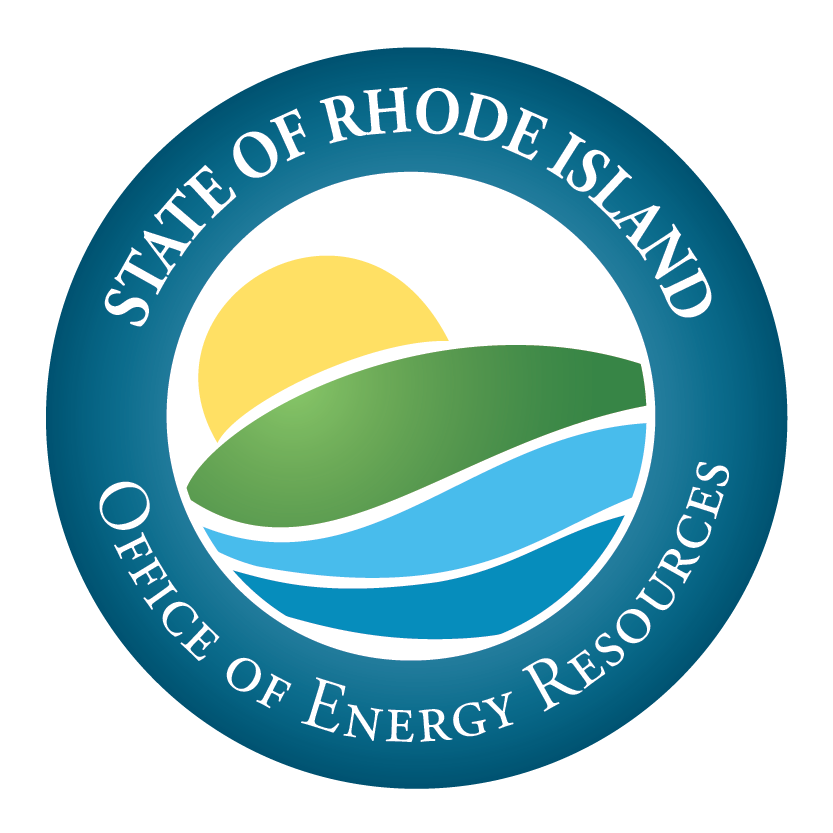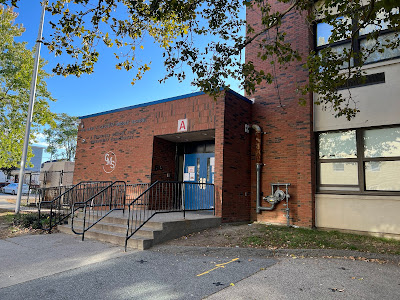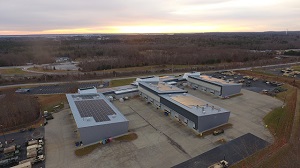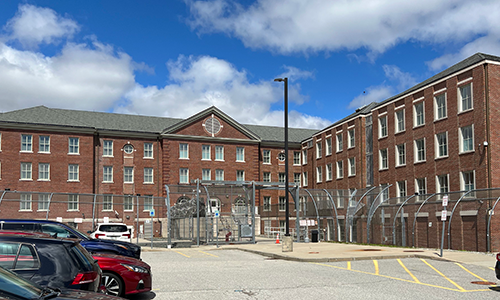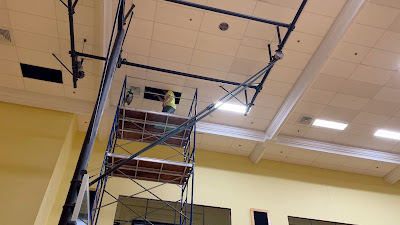Rhode Island College Adds EV Charging Stations with Electrify RI program

“The EV charging stations are being used every day,” said Jim Murphy, sustainability coordinator for Rhode Island College. “We get requests from students, faculty and staff to install more due to the increase of electric vehicle use. They serve as an example of Rhode Island College’s commitment to lowering its carbon footprint.”
Rhode Island College installed its first EV charging station in 2013 with support from OER. The eight ChargePoint stations, installed by DK Power, offer 16 EV charging ports. Combined, they collectively average 152 plug-ins per month and the average plug-in time is 2 hours and 58 minutes. To date, the EV charging stations have avoided 10,000 kilograms of greenhouse gas emissions, which is equivalent to planting 250 trees and growing them for 10 years.
In addition to the eight EV charging stations on campus, RIC has also installed many energy efficiency measures as well as a 111-kilowatt solar array. In 2017, Rhode Island College was recognized by the U.S. Department of Education as a Green Ribbon School, as a result of its commitment to sustainability.
Electrify RI is an electric vehicle charging station incentive program, administered by OER that seeks to make more charging stations accessible to Rhode Island drivers. The program has earmarked $1.4 million in VW settlement funds for EV charging stations at multi-unit dwellings, workplaces, state and local government properties, and publicly accessible locations. The increased availability of charging stations will encourage state residents and businesses to make the switch to electric vehicles in order to reduce transportation-related carbon emissions and pollutants. More information may be found at http://www.energy.ri.gov/electrifyri.php.
